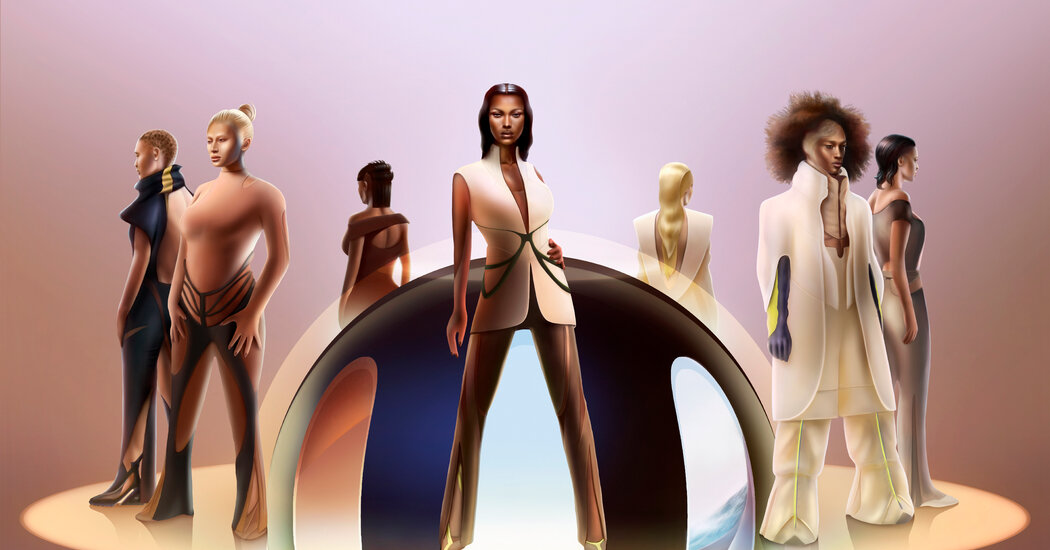
A festive cape, draped from your shoulders, paired with a dress and glitzy heels while you sip on mulled wine. That’s the sort of scene Macy’s was envisioning for holiday parties in 2020, before the reality of Zoom nights in living rooms.
“We really felt good about this dress-up opportunity, people really feeling glam,” said Nata Dvir, Macy’s chief merchandising officer. “We were thinking about outerwear being as bold as capes.”
Bloomingdale’s, which is owned by Macy’s, had forecast “a mix of utility and romanticism,” which would have included puff sleeves, eyelets and maxi dresses, said Denise Magid, an executive vice president at Bloomingdale’s who oversees ready-to-wear apparel.
Major department stores have fashion offices filled with undisclosed numbers of employees who keeping track of new styles, surfing social media and liaising with designers. Big retailers also usually subscribe to online services that aggregate signals from Google Trends and social media. They work with agencies that specialize in fashion forecasting, like Stylus and WGSN, which project broader consumer habits along with more granular details like seasonal color palettes, textiles and silhouettes. They all also obsessively track their competition.
Much of that work used to take place in person. WGSN, for example, offered city guides to American retail buyers on trips abroad. “If a buyer from a department store wanted to go to Paris, we’d have a guide that would tell them where to go and eat and which stores they should see for different things,” said Francesca Muston, the vice president of fashion content at WGSN. Runway shows were also important. At Bloomingdale’s, before the pandemic, “runway was a huge component of what we were forecasting, because what you saw on runway would trickle down to other collections,” Ms. Magid said.
As everything went virtual last year, including runway shows, social media took on new importance, and retailers rushed into anything that smelled like a trend, sometimes tapping Los Angeles-based manufacturers to help them out on a faster timeline.
“Instagram and TikTok have filled that void, and it kind of changes the dynamics again about speed and being reactive because things have a shorter life span,” Ms. Magid said. She recalled an overnight surge in demand for denim joggers in the fourth quarter after a “famous influencer” (the retailer wouldn’t say who) wore a pair by Rag & Bone on an Instagram Story.







